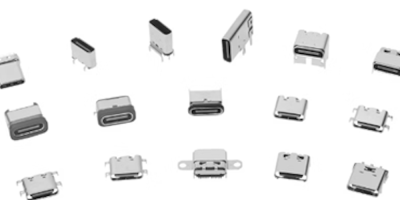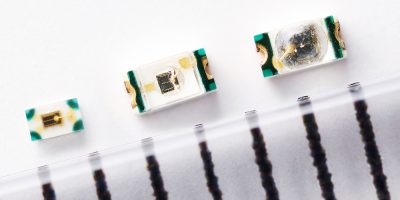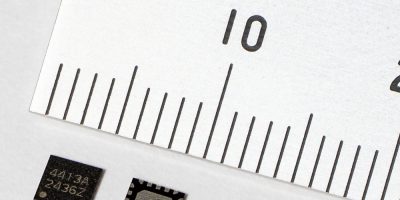With USB Type-C connectors from Molex, Rutronik offers future-proof interface solutions for industrial and consumer electronics applications. The connectors support data rates of up to 40 Gbit/s (USB4), currents of up to 5.0 A and power delivery of up to 100 W – ideal for applications with high power requirements and limited space, such as portable medical devices, industrial electronics, AR / VR systems and smart home appliances.
Thanks to their compact design, IPX8-certified variants and high mechanical robustness (up to 10,000 mating cycles), the components are particularly suitable for applications where reliability and continuous operation are key. Various mounting options – including vertical, top and mid-mount versions – offer maximum design flexibility in a small space.
Benefits at a glance:
• USB4-compatible: data transfer rates up to 40 Gbit / s
• Power delivery capable: Up to 100 W charging power (5.0 A / 20 V)
• Metal-reinforced mating area for high mating cycles (up to 10,000 mating cycles)
• Mating force on PCB: 0
• Mating force: 5 to 20 N
• Unmating force: 8 to 20 N (1 to 30 cycles); 6 to 20 N (after 10,000 cycles)
• Sockets with liquid protection according to IPX8, thanks to LSR moulding (liquid silicone rubber) ·
• Variants with 6, 14, 16 or 24 contacts available
Application examples:
• Portable medical devices (e.g. glucose meters, inhalers)
• Smart home and (I)IoT components
• AR/VR end devices and wearables
• Industrial electronics, measuring and testing devices
• Cash register systems and projectors







